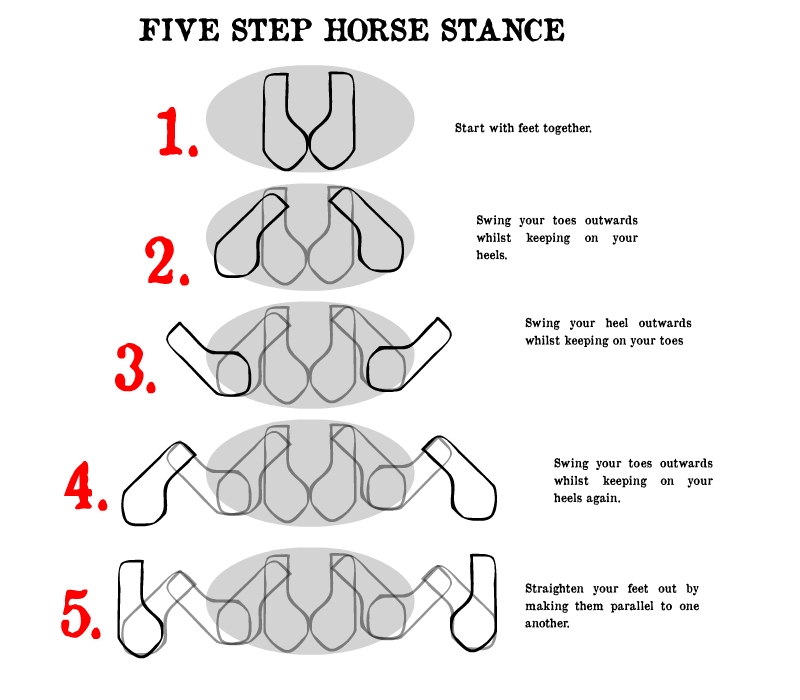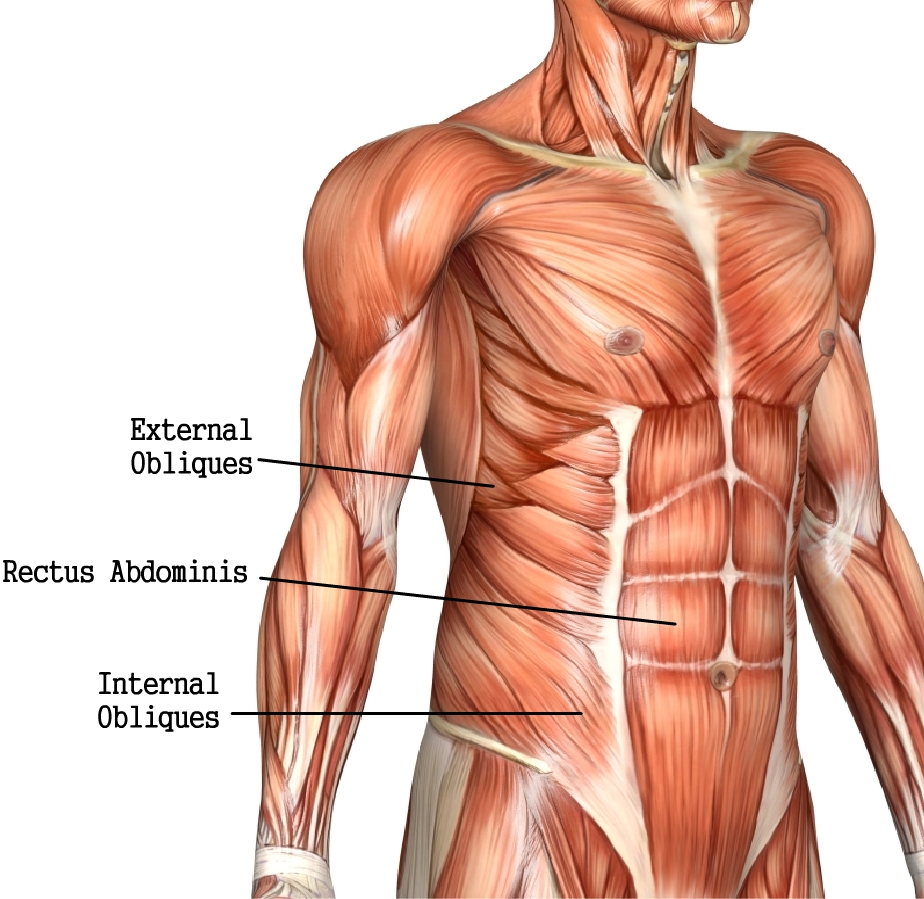What is Isometrics?
Muscle-building exercises (or a system of musclebuilding exercises) involving muscular contractions against resistance without movement (the muscles contracts but the length of the muscle does not change).
http://wordnetweb.princeton.edu/perl/webwn?s=isometrics
Isometrics shouldn't just be seen as an exercise, but a form of muscle control we use every day, as when we stand up, usually our posture is maintained by holding ourselves upright, employing muscles in the torso and the back. When we sit up straight as opposed to slouching, we tend to feel more effort is required because we use muscles, again from the torso and back. Isometric exercises can enhance the effects of gravity or resistance against an object so that our muscles have to fight to maintain our stationary pose, and these enhancements have been created and utilised by several athletes and enthusiasts, such as Bruce Lee, Paul J O'Brien, Charles Atlas and Eugene Sandow.
Bruce Lee
I'm sure you know who Bruce Lee is, but if you don't, let's say he's the most famous martial artist there has ever been, at least from a westerner's point of view. He taught Chinese martial arts and further researched and fused together many forms of combat, fitness techniques and philosophies, creating Jeet Kune Do as the ultimate martial art programme for himself and his students. I got to know of him through the film Enter the Dragon, but he done a tonne of other films and acted in television series.Bruce Lee had designed his training to enhance, not essentially his physique, but his strength, his power, his endurance, his speed. His physique represented his desire to be in the best physical form for combat purposes, not just for aesthetics, so his regime employed many exercise techniques as he wanted to develop different qualities of fitness. Isometrics were just one of these. In the article The Power of The Dragon by Justin Frost and Ted Wong, they displayed a series of exercises that Bruce Lee employed, including isometrics, such as the Power Punch training exercise, Board Isometrics, and the Bull Worker. The bull worker has become famous as a home gym equipment to gain muscularity, but Bruce used it to develop the speed of his punches, and strengthen his forearms of combat purposes as opposed to simply add inches to his chest or increasing his muscles.
http://www.brucelee.com/
http://www.totallyjkd.com/tw_articles_power_dragon.php
Paul J O'Brien
Paul is the author and creator of “7 seconds to a perfect body”, and while that does sound like a purely aesthetic program, he provides examples through his website of lifting weights twice as heavy as himself, or doing very difficult bodyweight exercises that can only be held for a short period of time like the Two Thumb Body Suspension. Whether isometrics is the only training that he does is not revealed, but he certainly promotes it as a way of increasing strength. I have yet to look at his ebook. Maybe one day I'll review it. http://www.strong-in-7-seconds.com/Charles Atlas
He was considered to be the worlds 'best built man,' after winning the 1921 and 1922 "The World's Most Perfectly Developed Man™" competitions. There are those who say that Charles Atlas employed isometric exercises in his workout regime. There are others who say he used dynamic tension. However, there are images and records of him using both techniques and other more traditional bodyweight exercises. He did things like the one legged squat and the side bend, both of which can be transformed into isometric exercises depending on how long you hold the exercise positions for. He has a workout programme which can be found on his website charlesatlas.com.Let me know if you've used the programme and whether you like it or not. I'm wondering if the body building world appears to be a little old-fashion in comparison to sports and training that develop the slender athlete look.
http://www.sandowplus.co.uk/Competition/Atlas/GreekGod/gg.htm
http://www.bodybuilding.com/fun/kelly4.htm
http://itotd.com/articles/270/the-charles-atlas-dynamic-tension-fitness-course/
Eugene Sandow
Eugene Sandow, born in Prussia in the mid-19th century was one of the world's strongmen (or what we would now call body builders). He toured towns and cities to display his Herculean-like physique, growing in fame to eventually become the personal fitness instructor to King George V of the United Kingdom. He used self-resistance to develop muscles such as flexing. On wikipedia, there's an interesting video of him flexing and posing (http://en.wikipedia.org/wiki/Eugen_Sandow). These same muscle flexes are known to increase muscle and strength as you tighten or contract them, such as pulling your navel of the stomach in towards the spine, holding the tension for a time before relaxing.http://www.sciencemuseum.org.uk/broughttolife/people/eugensandow.aspx
http://bodyweight-exercises.animal-kingdom-workouts.com/?tag=eugen-sandow
http://www.angelfire.com/ny5/shenandoah/OBB/History.html
Zen In the Arts of Self Resistance
Zen In the Arts of Self Resistance is a website dedicated to exercises using minimal equipment, just our own bodies and the everyday items we find around us like walls and chairs. The exercises are categorised as isotonic, isometric and isokinetic.Isotonic exercises involve movement where the force exerted throughout the movement changes, usually increasing and decreasing before the movement is completed, such as with push ups. If you start at the top of the push up, as you lower yourself to the floor, the force or tension in the muscles of the chest, shoulders and arms tends to increase, and as you raise yourself back up, the tension tends decreases.
Isokinetic usually requires specialised equipment as the force needed through a movement is the same from the beginning of that movement until the end.
Zen in the Arts of Self Resistance has a wide array of exercises, and the isometric exercises are quite interesting to do. They don't look like they do anything, like the praying exercise, where you put two hands together as if praying, and then press them against each other. You feel the tension build in the forearms and biceps. I have yet to try all the exercises presented, but this is certainly a good place to start if you want to use isometric exercises without equipment.
http://www.angelfire.com/ny5/shenandoah/OBB/OBB.html
you can subscribe to Bodyweight Sports and Exercises by Email







